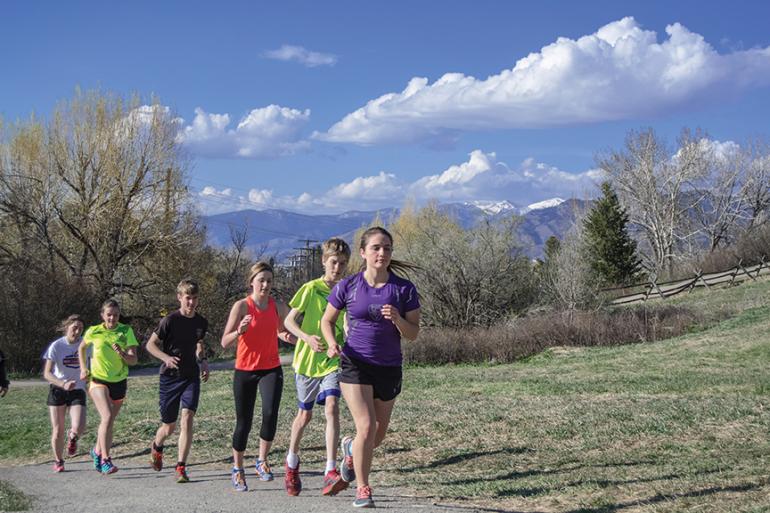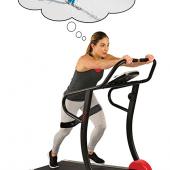Planning Ahead
Stay ski-fit with dryland training.
You don’t have to trade your summer recreation for hot days in the gym in order to get ready for ski season. Take a few notes from the Bridger Ski Foundation’s (BSF) dryland training programs, where playing outside and having fun are paramount. Bozeman’s ski club caters to a wide range of skiers, from kids to Olympians and recreational adult skiers, but various versions of dryland training can benefit everyone—whether the goal is to get outside, race, or just enjoy the next ski season, injury-free.
Multisport Summer
Diversity is key. “The more kids are involved in different activities, the more they will gain,” says Dragan Danevski, program director and head coach for BSF’s Nordic program. Part of that is called multi-lateral development—being able to adapt skills learned in different environments to whatever sport you’re doing. But there’s also the social and mental element. “Mentally, it’s good to do other things,” explains Danevski. The same goes for adults. At all levels, the dryland programs encourage skiers to mountain bike, trail run, hike, do yoga, kayak, Nordic walk, swim, play soccer, and work on their trampoline skills (for aerials). “What’s key about this area is our access to trails,” notes alpine program director Jason Moore. “Trail running is huge for agility, eye-foot coordination, and proprioception.”
Have Fun
“Playing like a kid” can be a great off-season strategy. For BSF’s younger kids, dryland training programs focus on fun, games, and being outside in nature. And while training plans get more focused for athletes at higher levels, never underestimate the power of a smile and a great mountain view.
Intensity and Recovery
For more advanced athletes, BSF coaches break training into blocks or micro-cycles. BSF freestyle program director Mike Papke starts out slow, building with a light week, a medium week, and a heavy-intensity week. He finishes his programs off with a “recovery week,” which all the coaches stress is the most crucial element. This is a time to take it easy, play ultimate Frisbee and other games. For endurance-oriented Nordic skiers, there’s an endurance / high-volume / low-intensity block (three weeks), followed by a lighter activity block (one week), an intensity block (ten days), and finally, recovery (eight days). Tip: match general strength exercises with the low-intensity training blocks. During the intensity block, add in power exercises: plyometrics, squats, lunges, bench press, etc.
Jenny White is the communications, marketing, and outreach manager at the Bridger Ski Foundation.













